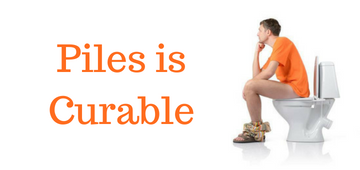Fissure-in-ano
Fissure-in-ano is one kind of ailment that is embarrassing to talk about, given the nature of the symptoms and manifestations. However, it is one of the most prevalent conditions in the world, with millions of people suffering the agony of bad painful fissures.
Introduction
A fissure is a tear of the skin at the edge of the anus. It can cause pain, bleeding and/or itching.
Causes of Fissure in Ano
An anal fissure is usually caused by a hard and dry bowel movement, alongwith a tight anal musculature, which tears the anal lining.
Other causes include diarrhoea and inflammation of the anorectal area.
Trauma also can cause fissures. During childbirth, 11% of women develop anal fissures. Fissures can also be caused by digital insertion, foreign body insertion, or anal intercourse.
A low-fibre diet may play a role in the development of fissures.
Anal fissures affect people of all ages, particularly young and otherwise healthy people. They are equally common in men and women.
Symptoms of Fissure in Ano
- An anal fissure causes a sharp, stinging, or burning pain during a bowel movement. The pain, which can be severe, may last for a few hours.
- Fissures may itch.
- They often bleed lightly or occasionally cause a yellowish discharge
Types of Fissure in Ano
Fissures can be acute (new) or chronic (persistent).
An acute fissure has an 80% chances of healing.
When a fissure lasts over 6 weeks or is repetitive in nature, it is considered Chronic and has less than 50% chances of healing.
Sometimes an anal fissure and a hemorrhoid develop at the same time.
The most frequent complaint in true Hemorrhoid is Painless bleeding, which usually appears early in the course of the disease See your doctor if you have blood in your stool. Hemorrhoids could be the problem, but bloody stool could also be a symptom of something far more serious, like colon cancer.
Diagnosis
Most health professionals can diagnose an anal fissure by listening to the symptoms and by looking at the anus. Usually, the health professional can see the fissure by gently separating the buttocks.
A health professional may use a gloved finger (digital rectal examination) or a lighted instrument (anoscope) to examine the fissure. However, if the fissure is extremely painful, the health professional will usually wait until it has begun to heal before performing a rectal exam or using an anoscope (anoscopy) to rule out other problems. A topical anaesthetic may be used if an immediate examination is necessary.
Treatment
If it's a first or second episode of Fissure, at least 50 % of fissures heal by themselves without need for any kind of procedure or surgery. Application of special medicated cream, use of stool softeners, avoidance of constipation, and the use of sitz baths (soaking the anal area in plain warm water for 20 minutes, several times a day) help to relieve the symptoms and allow healing to occur.
For those Fissures that are appearing again and again , Kshar Sutra Therapy is recommended.






Post your comment